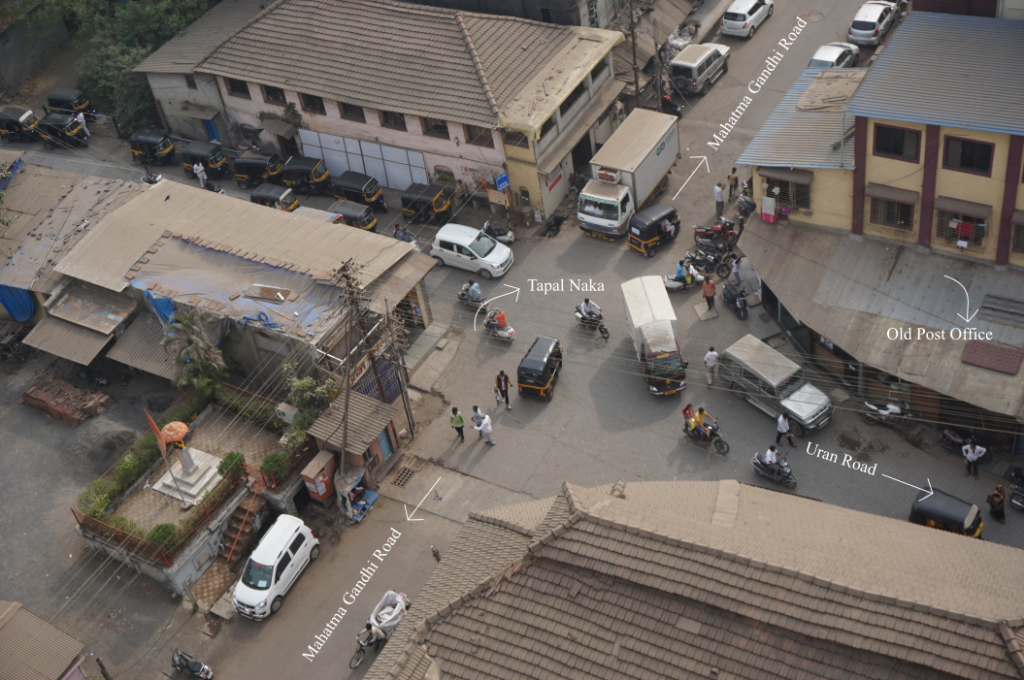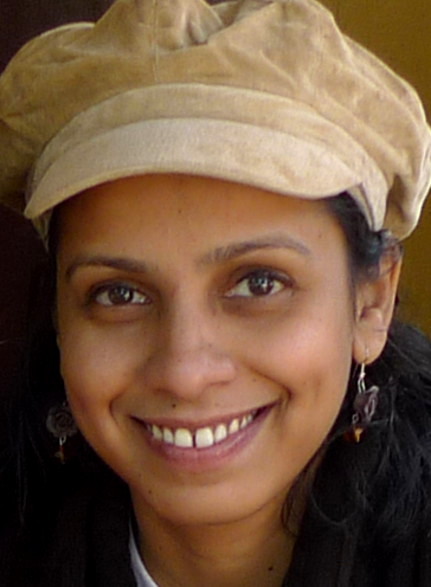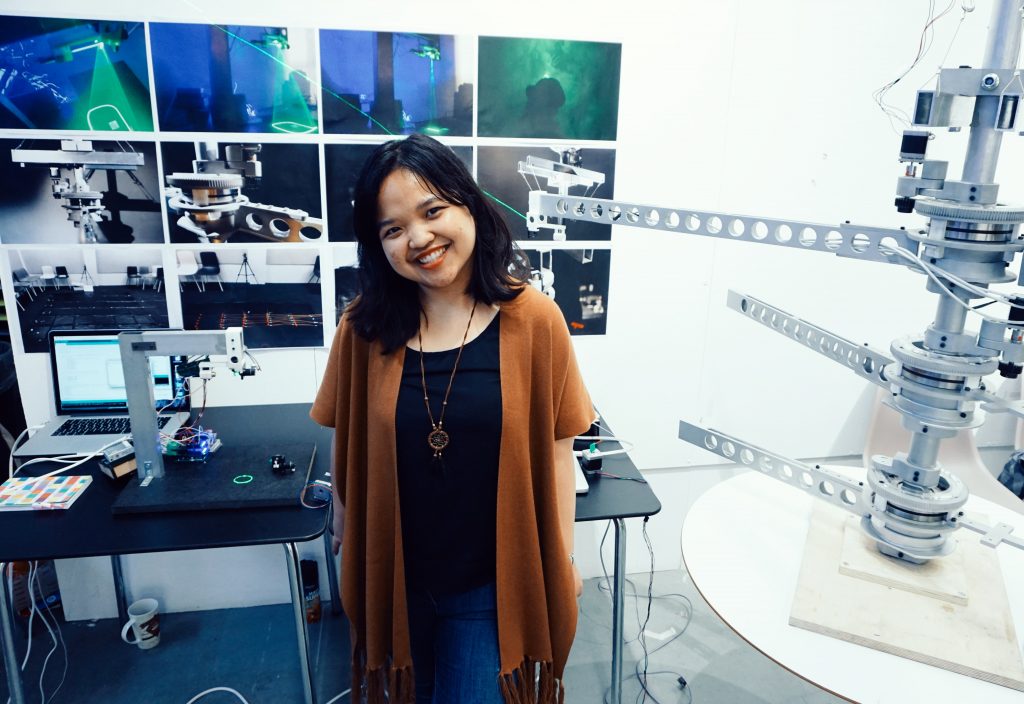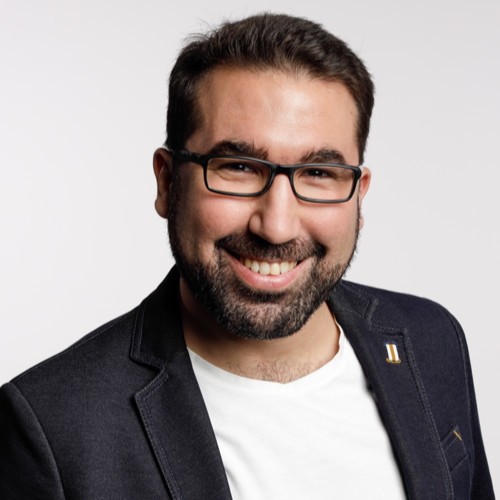WELCOME TO THE FIRST NEW MEDIA DOCTORAL SEMINAR OF 2022!
We kindly welcome you to attend the first New Media Doctoral Seminar of the Spring semester! The seminar will take place in Zoom today starting at 16:30 and ending at 18:30 (UTC/GMT+2, Helsinki, EEST). Neha Sayed will be presenting her work ‘The changing meaning of an urban place’. The seminar is mediated by Professor Lily Díaz-Kommonen.
PRESENTATION
‘The changing meaning of an urban place.‘
by Neha Sayed
ABSTRACT
The research contribution lies in presenting an approach to study the meaning of place for design intervention and exploring the role IoT technology may play in the changing meaning of place. It also contributes to the IoT paradigm by indicating a pro-community approach for technological development. The research contributes to the urban planning discipline by revealing the disparity in the meaning of a place. More immediately, the project contributes to new media research by indicating the role of media studies in the developing understanding of IoT.
BIO
Neha Sayed is basically an architect from Mumbai. She has done her MFA in Experience Design from Konstfack, Sweden. Before pursuing her PhD at the Department of Media, she has a done a combination of architectural practice, teaching and design research.
She started her tenure as a doctoral student in January 2016. Part of ‘Systems of Representations Research Group’, she is advised and supervised by Professor Lily Diaz-Kommonen. Her research is focused on assessing impact of sensor driven technologies on urban precincts. As part of her doctoral research, she conducted her fieldwork in a traditional port town on the west coast of India by adopting a multidisciplinary approach.
NEW MEDIA DOCTORAL SEMINAR – Thursday, 29 April 2021, 16:30 – 19:30
Welcome to the fourth New Media Doctoral Seminar of 2021, last one for this Spring semester!
The seminar will be held virtually on Zoom on Thursday 29 April from 16:30 to 19:30 (GMT + 02.00, Helsinki, EEST). Mediated by Professor Lily Díaz-Kommonen, there are again two extremely interesting presentations with a Q&A discussion taking place afterwards.
Click here to join the Zoom event!
Presentations are open for everyone. Welcome!
PRESENTATIONS
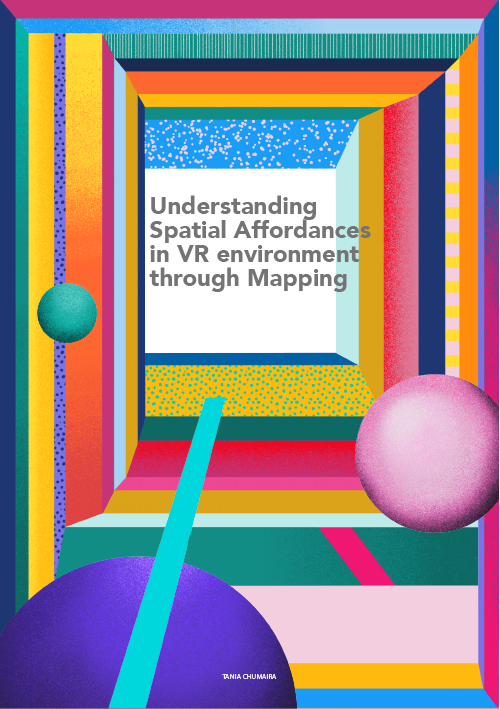
Understanding Spatial Affordances in VR environment through Mapping by Tania Chumaira. Illustration © Harishazka Fauzan.
Understanding Spatial Affordances in VR environment through Mapping
by Tania Chumaira
ABSTRACT
The emergence of technologies has led to creation of novel spaces that aim to mediate and migrate our everyday activities. One of the most engaging novel spaces is the VR environment in which interaction and actions occur in one shared virtual environment in real-time. This new way of constructing space enables the creation of different spatial affordances. This research explores mapping in the VR environment as mapping is one of the most common techniques in architecture to read spaces and understand spatial affordances. This research hypothesises that through using mapping techniques borrowed from architecture discourse, we can be more informed about the VR experience’s spatial affordances.
BIO
Tania Chumaira is an Indonesian-based architect. After few years of practice in architecture and interior design, she started to develop an interest in combining new media and spatial design to experiment with different spatial experiences without making massive and disruptive physical intervention. Being motivated by that idea, she later pursued her masters majoring in Interactive Architecture at The Bartlett, London. Currently, Tania is working on her doctoral research supervised by Lily Díaz-Kommonen and supported by Jenny and Antti Wihuri Foundation.
+
Exploring an Illustrated Manuscript through an Interface based on Interactive Data Visualization
by Ferhat Sen
ABSTRACT
With the advance in digital technology, cultural heritage artifacts are digitized to provide access to wider audiences. These digitization efforts resulted in a vast number of digital collections while introducing a problem of how to explore or present these collections. Going over a gallery of images does not convey much information and keyword-based search does not seem to be useful in scenarios where the user is either does not have prior knowledge about the collection or does not precisely know have what s/he is searching for.
The objective of this research is to investigate alternative ways to display/present image collections using data visualization with a use case of an illustrated historical manuscript. Interactive data visualization can offer users the possibility to explore a collection along with the inherent relationships between the items in the collection with references to the specific qualities of the artifact.
By using a user-centered design approach along with interactive data visualization techniques, we created a prototype web application called Exploring Suleymanname.
In this presentation, we share the design, implementation, and evaluation of a responsive web application that enables users to explore the image collection of the Suleymanname manuscript through interactive data visualization.
BIO
Ferhat Sen is a creative designer and engineer. He brings together design and technology to create innovative online/onsite digital experiences. He has produced and collaborated several projects using various media ranging from interactive installations to web applications. Ferhat is currently working at Stereoscape as Chief Technology Officer delivering solutions involving web, mobile, VR and AR technologies and pursuing a doctoral degree in New Media at Aalto Media Lab. His research interests are interaction design and digital cultural heritage.

